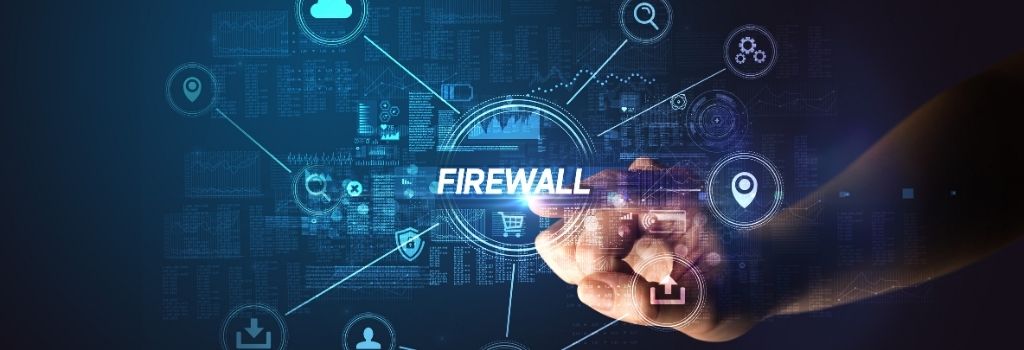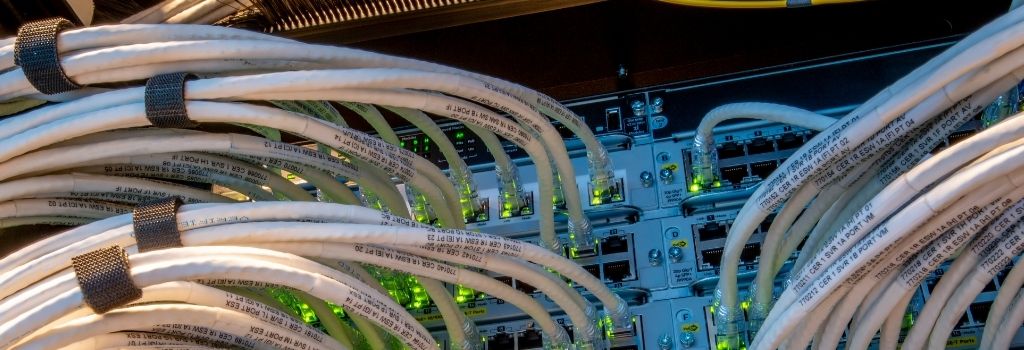Eagle-Lanner tech blog
- 세부
- Wendy Clark에 의해 작성됨
As a network technology built on SD-WAN, SASE improves not only security but management and network performance. By integrating the security tools step by step, it can control security features like VPN remote access, firewalls, and gateways, meanwhile simplifying the network management by combining SD-WAN and other infrastructure into a single cloud-based platform.
더 읽기: SASE: A Platform to Take SD-WAN Forward into Post-pandemic Digital Era
- 세부
- Wendy Clark에 의해 작성됨
It’s essential to realize how SD-WAN as the most advanced WAN option can offer simplification, alleviate the IT pains, maintaining bandwidth efficiency and provide uninterrupted connections to the cloud, particularly for those critical applications like the healthcare services; any unplanned network downtime, after all, can lead to more severe negative impact to patients other than financial and operational loss.
- 세부
- Wendy Clark에 의해 작성됨
Having set their sights on the automated and cost-saving software-based technology option, many smart operators have embarked on the journey to the radio access network (RAN). Although the Open RAN market is still in its early age and started relatively slowly, it is expected that, by 2021, over 100 macro radios will become available and Open RAN deployments will double because more and more operators are looking to modernize their networks with this technology. Apparently, it won’t take long to see this technology reach full maturity in less than three years, for not only is the expensive deployment cost driving the Open RAN adoption, but the software-centric nature of its design that applies to all Gs (2G,3G, 4G, 5G, and future Gs) perfectly aligns with the operator’s needs. Moreover, to even further performance capabilities for an Open RAN deployment, certain radio partners are now working with chip developers to integrate the software with high-performance chips.
더 읽기: A Future-proof Network Architecture to Enable Cost-effective Deployment: Open RAN
- 세부
- Wendy Clark에 의해 작성됨
ZTNA (or software-defined perimeter”) is an emerging networking technology intended to overcome the limitations posed by VPNs while totally differing from VPN connections in nature. By providing advanced authentication to all access requested by any user from any physical location, it secures the corporate’s entire ecosystem meanwhile minimizing the network attack surface without a VPN.
더 읽기: Zero Trust Network Access Taking Remote Workforce to the Next Level
- 세부
- Wendy Clark에 의해 작성됨
Disaggregated in a cloud-native system, the vBNG software virtualizes essential network functions in the network, such as performing subscriber session management tasks, terminating broadband subscriber traffic to corresponding service provider networks, streamlining packet processing for high throughput with ultra-low latency and security enforcement.
- 세부
- Wendy Clark에 의해 작성됨
A managed smart Software-Defined WAN (SD-WAN) service can help enterprises accelerate their transition to a multi-cloud environment by facilitating the cloud deployment adoption while both simplifying WAN infrastructure and reducing connectivity costs.
더 읽기: Getting the Most from Your Secure Multi-Cloud SD-WAN Deployment
- 세부
- Wendy Clark에 의해 작성됨
To realize service virtualization and find a solution to address the emerging 5G/IoT requirements, a more advanced automation routing approach is essential, which should provide the most up-to-date view of network resources, intelligent algorithms, and smart network control methods. Instead of a technological revolution by starting from scratch, many carriers consider the gradual transition from 3G/4G to 5G a well-accepted evolution path for simplifying IP/MPLS (Multi-Protocol Label Switching) networks—Segment Routing.












